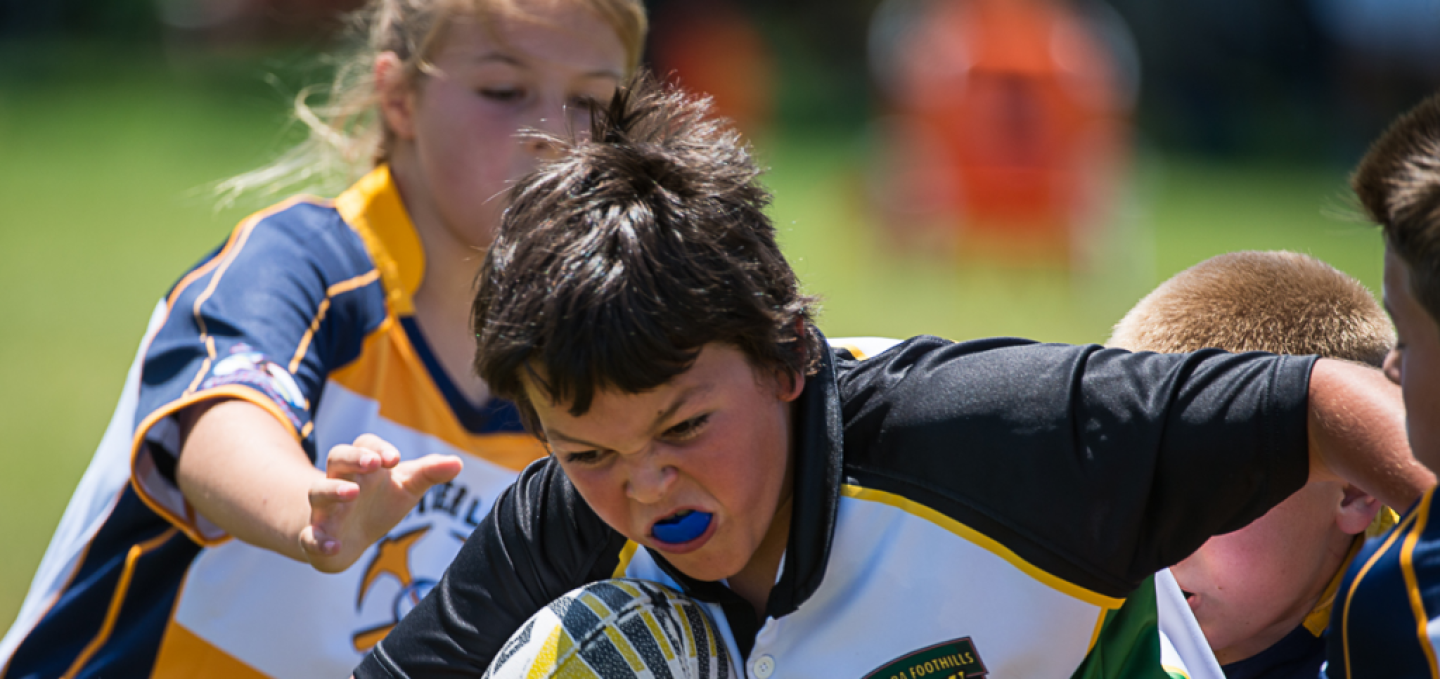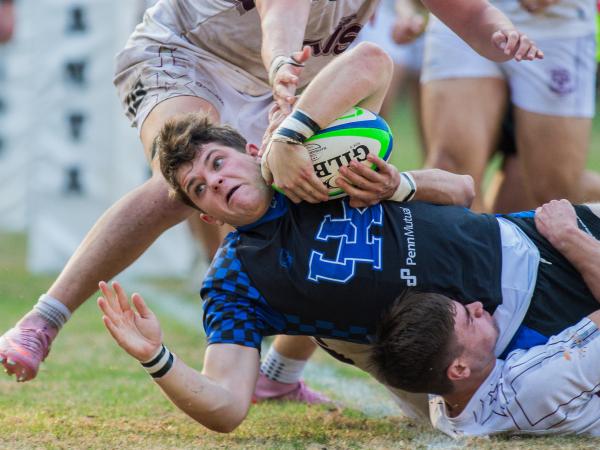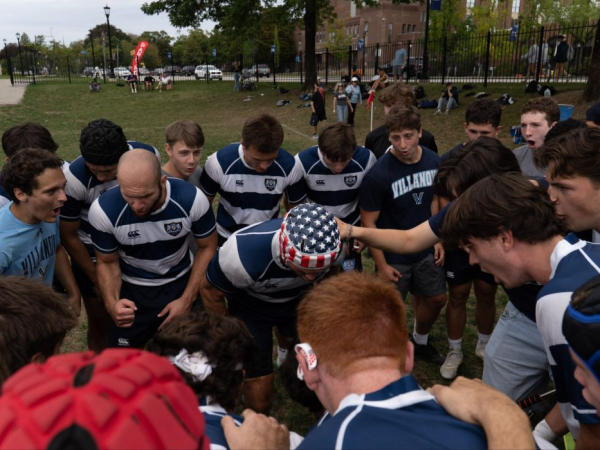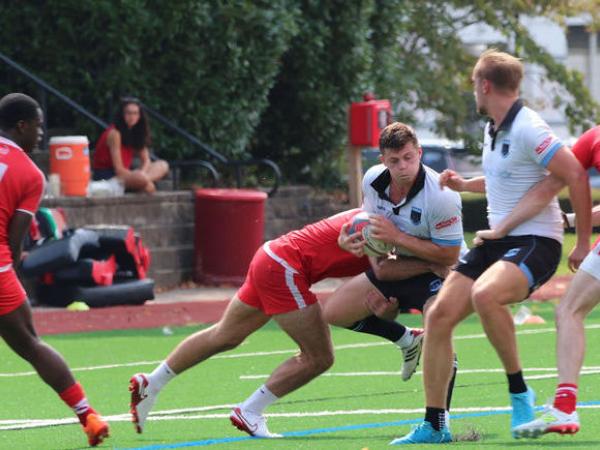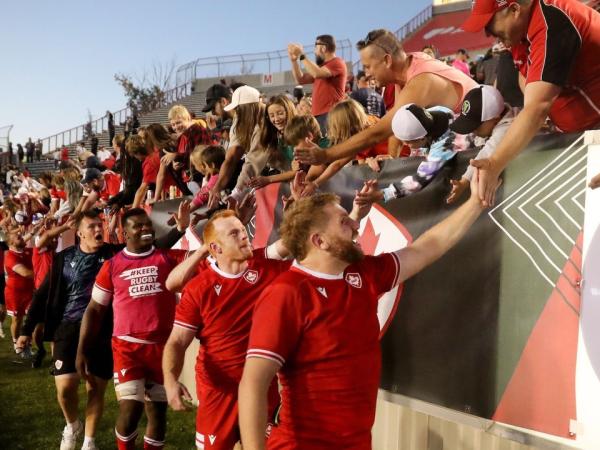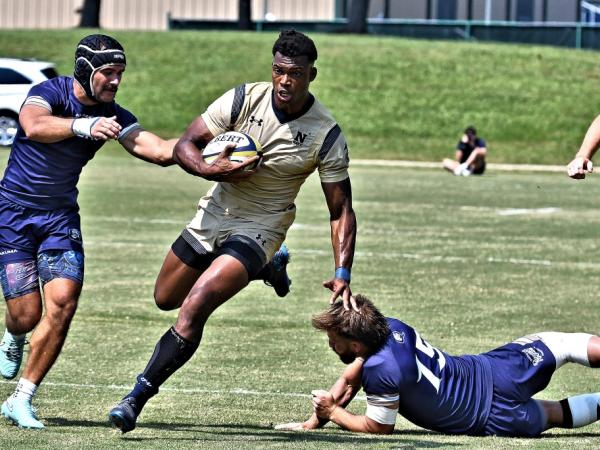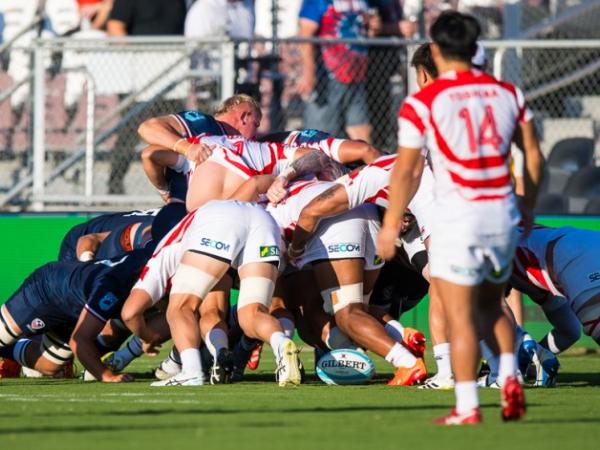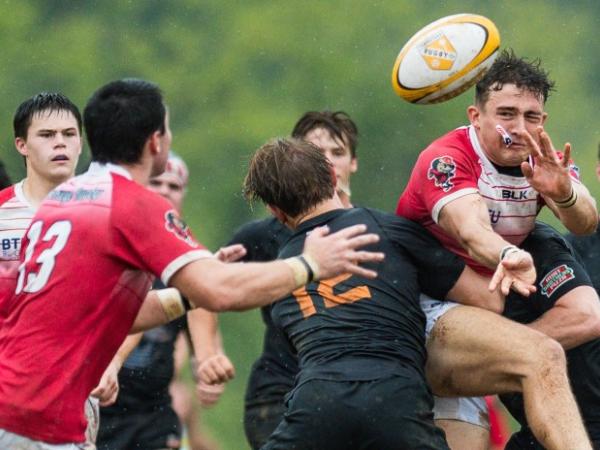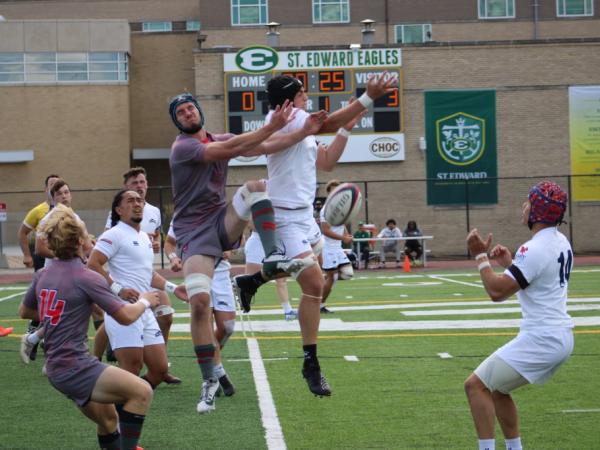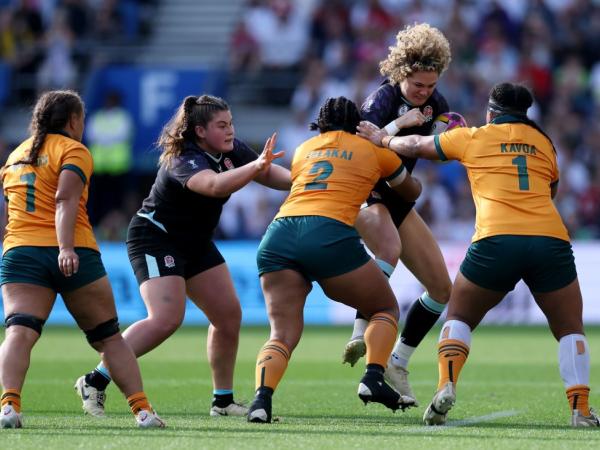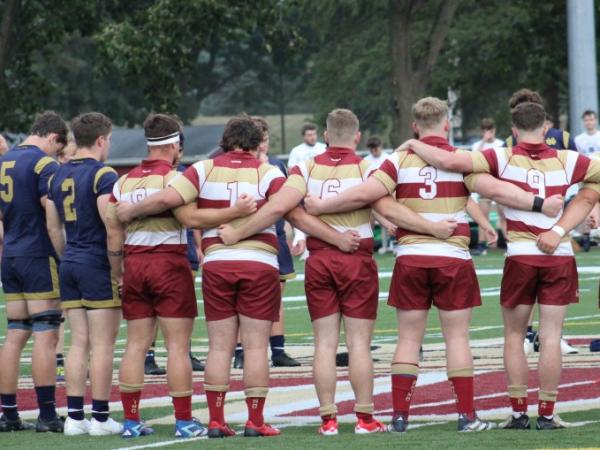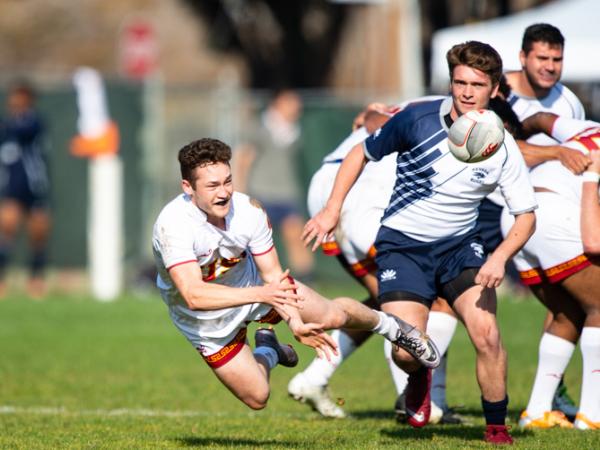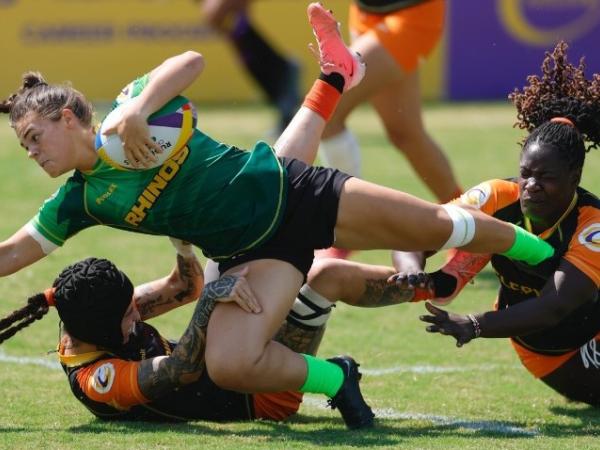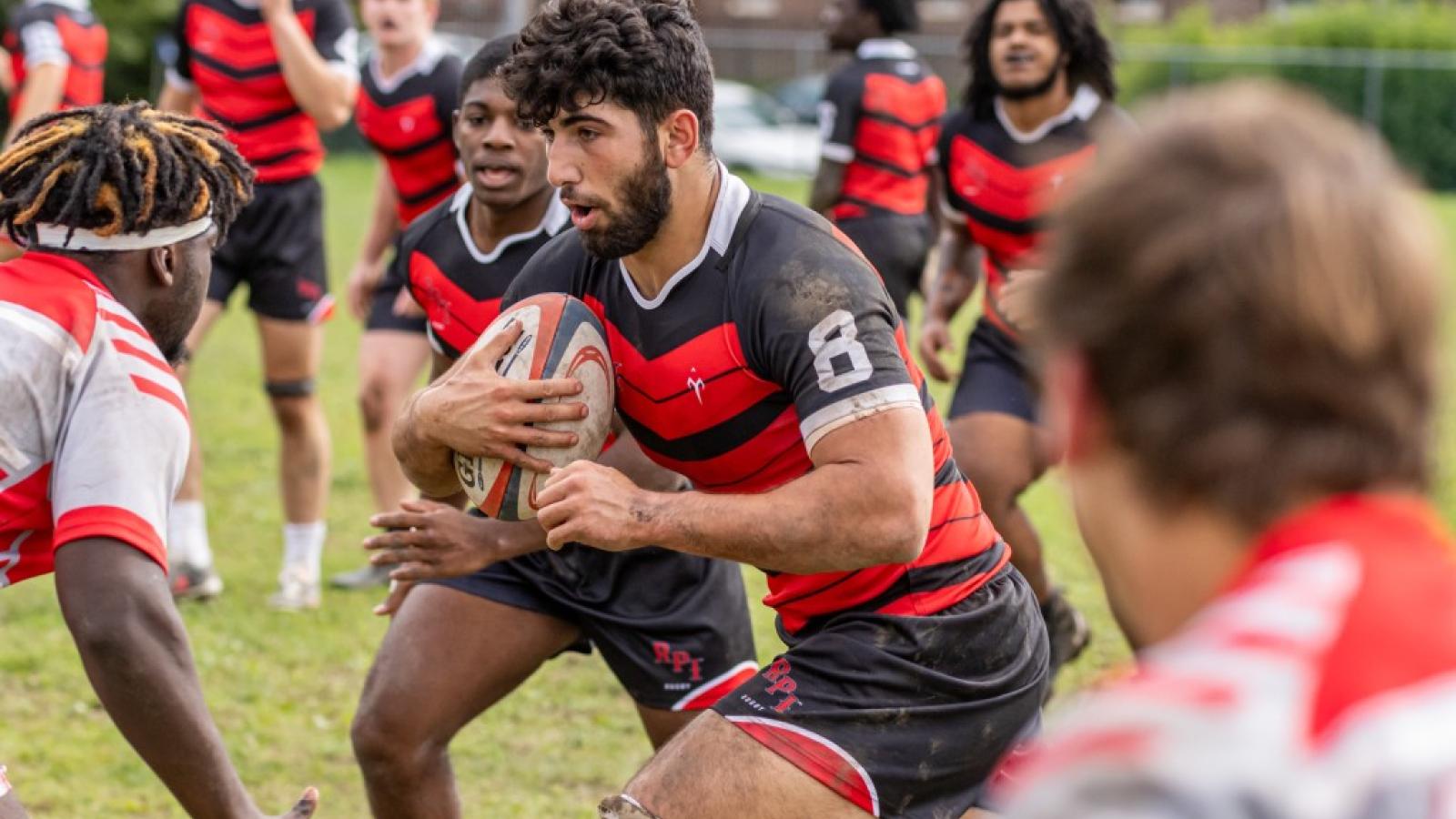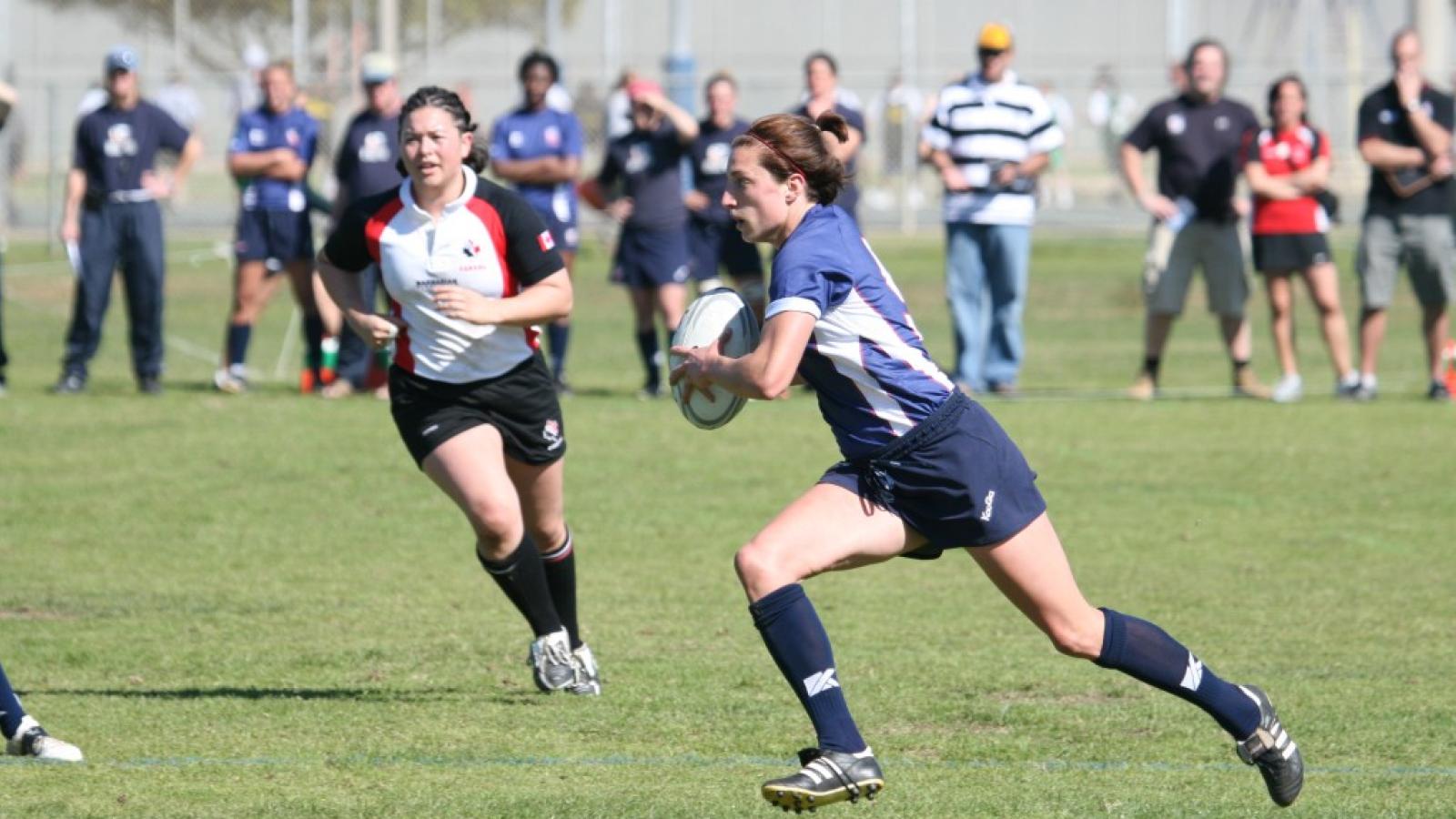This is an Op-Ed Column by Josh Williams — COVID-19, whether we wanted it or not, has provided us an opportunity to reassess what we are doing and how to do it better moving forward. For those of us that are actively involved in youth rugby, this time is especially important, as we face multiple growing pains both within our clubs and the regions we play in.
With that in mind, in this column I want to discuss some of the challenges and opportunities facing youth rugby and how we as the youth rugby community can better grow the game and put players on a stronger pathway for the future.
CHALLENGES & OPPORTUNITIES FOR YOUTH RUGBY
Increase access so more kids can play high school & youth rugby
For older youth (14 to 18 years old), high school rugby has taken center stage in Southern California, as the high school season normally starts before the club season and is often the starting place for new rugby players. However, high school rugby is too often only available in wealthier communities or private schools and now there is a push to reduce the number of players allowed to play in high school rugby that are not at enrolled at a high school with a rugby program. One look at Goff Rugby Report’s single-school rankings shows that eight of the 10 top High School teams in the US were private Catholic high schools.
In 2020, high school enrollment at private schools accounted for one in ten US high school students, so 80 percent of our top high school rugby teams are coming from 10 percent of all high school students.
In San Diego County, most of the high school rugby programs and youth clubs are located in the central and northern areas of the County, which are also the more affluent communities in the region. California’s most successful youth rugby clubs, outside of Belmont Shore, are typically located in wealthy communities (Danville, Newport Beach, Carmel Valley). GRR's HS club rankings over the past six years shows that >>
It is not a coincidence that high school and youth rugby clubs have flourished in wealthier communities as the need for fields, coaches and administrators are all more likely to be overcome in communities with more resources, especially for an emerging sport that does not have the established infrastructure of the nation’s primary sports.
If youth rugby in Southern California and in the rest of the US is going to make the jump from a growing secondary sport to a primary youth sport, it needs to grow and sustain itself in less affluent communities. This is centrally important not just for the growth of the game, but for its culture and the ability to develop players effectively. Rugby is at its best, both on the field and off, when it is welcoming and developing players of all different body-types and from all different kinds of backgrounds and communities.
So how do we increase access for more kids to play rugby?
A) Ensure that rules and protocols focus on program flexibility & player opportunity: We need to develop a system that allows players the maximum number of entry points at different ages and stages within their rugby development. For older youth high school players, this means if you have two short seasons (High School and Club), and one is focused on high school rugby, all of those kids that don’t go to a school that offers rugby are still given an opportunity to play. For youth rugby (u14 and below), this means offering open and weight-limited divisions so players that are smaller have the opportunity to learn the game without being bowled over by larger players while those over a given weight limit aren’t forced to play with older kids that research has shown will make them more likely to quit the game.
Ultimately, we need to ensure that youth and high school’s eligibility rules and qualifications are flexible enough to allow kids of all sizes and communities the opportunity to play while giving clubs and programs a choice on how they can best offer rugby in their community and grow their player pool.
B) Grow the map: Youth rugby clubs and high school rugby programs tend to be clustered together geographically. In San Diego County, there are several youth clubs in the central and northern communities, but significantly fewer in the southern or eastern areas of the County. This issue is not just a reality in San Diego County, we see it across the nation. As we look to grow youth rugby, we need to support and prioritize new programs that are developed in geographies that do not have youth rugby within a 20 to 30 minute drive rather than starting a new program that is within 15 minutes of a program in the same or neighboring community. As we look to support and potentially subsidize the development of new youth rugby programs, special consideration should be made for those new programs or clubs that would be created in areas that do not currently offer youth rugby. It is also worth noting that the value of growing the map needs to also consider the importance of developing programs that have adequate coaching and administrative resources to be sustainable (see Quality over Quantity).
Provide a more robust learning environment for players while developing Stronger Coaches & Administrators
Developing an effective player-centric learning environment is a challenge across the country for rugby with so few parents familiar with the game and a general lack of rugby literacy.
What typically separates the strongest youth rugby clubs and high school rugby programs from everyone else is the quality and quantity of their coaching and administrative staff. It is important to note that you have to have both organized administrators that will manage the players and their families off the field AND effective coaches that continually look to develop the best learning environments for their players on the field. I know for my own club, we are always struggling to find enough smart, experienced, committed coaches and administrators.
So how do we provide a more effective learning environment for our rugby players and develop stronger coaches and administrators?
A) Commit to the Culture: Rugby has long been steeped in the values of respect and camaraderie and for our own club developing ‘Leaders for Good through the game of rugby’ is something we continually strive for, even when we fall short. The culture of rugby is a key part of the game and one that clubs should emphasize and commit to as they look to recruit new coaches, administrators, and sponsors.
B) Quality over Quantity: One of the mistakes that I continue to see in youth rugby is the push to start new clubs or teams without adequate coaching, administrative and/or funding resources. Too often, we see youth clubs or high school programs that start up for a year or two and then disappear or consistently show up for matches with not enough players to field their own teams. This not only has a deleterious effect on the clubs and programs that they compete with, but more importantly the players and families that go through these programs are often left with experiences that are disappointing and sour them on our game. The challenge of creating new programs that are not adequately prepared for high school rugby can be exacerbated by rules that state players cannot play in a specific season if they do not attend a specific school, which incentivizes the development of a new program that may not be ready. I also think current clubs and programs could do a better job of communicating with one another to work collaboratively to support coach and administrator development and partner with any new clubs or programs that are getting started in the region.
C) Play the long game and get players, coaches and administrators started earlier and involved longer: While everyone loves to talk about the physicality of rugby, the reality is that it takes more time and investment to get a player mentally ready for the game than their body. This is true for players, but it is just as relevant for developing coaches and administrators to the game. Players and coaches that come from other primary American sports (American football, soccer, wrestling, …) will struggle typically at least one full season understanding how rugby is pretty different, the models for players and coaching is unique and requires time and work to become effective. Even administrators who come from other youth sports can struggle with things like hosting matches and scheduling in rugby that can be more chaotic than other youth sports.
The reality is you need to think of your players and coaches like a long-term investment, no matter how athletic a new player is or how smart a prospective coach appears they will need time to develop, and likely a season or two (or three) before they are contributing anywhere near their potential. Youth clubs that start at u12 or u14 will always be at a disadvantage when they play clubs that start at u8. High school teams that focus their recruitment efforts on juniors and seniors are making a mistake. Focus on the long-run and get players, coaches, and administrators that you can develop over the long-run.
Josh Williams is the president of the Thunder Rugby Club in Southern California






